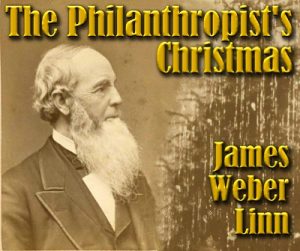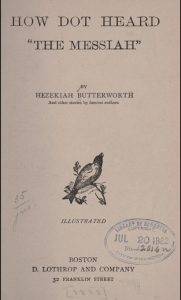Reverend Dr. Robert L. Polk became a friend of my parents, while attending Doane with them, and was best man at  their wedding (in 1952). Bob Polk has had a wonderful life and has been, and is, an inspiration for thousands.
their wedding (in 1952). Bob Polk has had a wonderful life and has been, and is, an inspiration for thousands.
Doane University named their newly built amphitheater in Robert Polk’s honor, on May 17, 2024 (details here/write-up here). I had the honor to be there. This was also the commencement weekend at Doane and Dr. Polk was the speaker at Baccalaureate and the Commencement.
Below I have collected some pictures, videos, and information about this great man for myself (and perhaps others) on the occasion of his honor and being together with him in Crete, NE, on the Doane campus.
Bob Polk (which sounds informal, but that’s what my dad always called him) was born May 8, 1928, in  Chicago, Illinois. He and Georgetta Weaver were the first black persons to attend Doane College (now University). He graduated in 1952, the same year my dad, Walter J. Olsen, graduated. After Doane, he went to seminary. The first church he served, as a pastor, as in North Dakota. He has served the church and people his entire life. In his memoir, Bob Polk says, “My life’s work has moved along two parallel passions: ministry and social justice – majoring in race relations.” More details can be found following the links below.
Chicago, Illinois. He and Georgetta Weaver were the first black persons to attend Doane College (now University). He graduated in 1952, the same year my dad, Walter J. Olsen, graduated. After Doane, he went to seminary. The first church he served, as a pastor, as in North Dakota. He has served the church and people his entire life. In his memoir, Bob Polk says, “My life’s work has moved along two parallel passions: ministry and social justice – majoring in race relations.” More details can be found following the links below.
Here is a video recording of the Baccalaureate and Robert L. Polk Open Air Theatre Naming Ceremony. Program here.
Here is a video of Dr. Polk’s awesome Commencement address.
Webpages and Videos 
- The Robert L. Polk Amphitheater – includes a tribute video.
- Guest Preacher on O8.04: the Rev. Dr. Bob Polk – includes a description of his life and ministries. Old First Church, in Philadelphia, is where Bob Polk is a member.
- Video: Robert L. Polk Lecture on Race & Social Justice – Doane University started a lectureship series in Robert Polk’s honor. This video is an overview of Robert Polk and the lectureship series.
- Video: A Book Discussion with Rev. Dr. Robert Polk – His book is titled, Fly in the Buttermilk: One Black Man’s Odyssey Out On the Prairie, is a memoir of his five year serving in North Dakota.
- Robert L. Polk Lectureship Series – Lectures on Race and Social Justice. I believe this series has been going since about 2016.
- Authored or co-authored 3 books:
- Tight Little Island: Chicago’s West Woodlawn Neighborhood, 1900-1950, in the Words of Its Inhabitants, 2008. Amazon.
- Crossing Barriers and Building Bridges: A Memoir, 2014 memoir. Amazon.
- Fly in the Buttermilk: One Black Man’s Odyssey Out On The Prairie, 2022 memoir. Amazon
- Video: Black Manifesto Memories with Riversider Hylda Clarke & Rev. Robert Polk
Photos (click to enlarge)






Pictures Special to the Olsen Family





In Conclusion
I am very thankful for Bob Polk and all that he has done as a pioneer, faithful minister, leader, inspiration, and friend of our family.
This page created by Jim Olsen. URL: http://faith.drjimo.net/bob-polk-to-be-recognized-at-doane-university/
Special thanks to my wife, Marilyn Olsen, and my sister, Liz Schulenberg, for finding and scanning the pictures.





